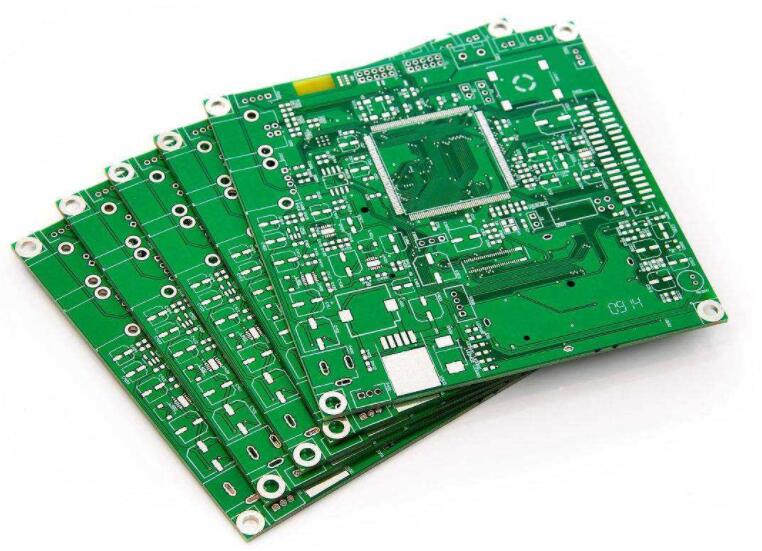The surface treatment technology of modernPCB circuit boards is based on the traditional plating technology, applying the scientific principles, methods and latest achievements of materials science, mechanics, electronics, physics, fluid mechanics, electrochemistry and nanomaterials. Comprehensively developed new plating technology. It studies the surface of solid materials. Interface characteristics, performance, modification process and methods. From giving some new properties. Such as high electrical conductivity, high heat resistance, high temperature oxidation resistance, wear resistance, light reflection, heat absorption, magnetic conductivity, shielding and many other special surface functions.

To obtain an economical, efficient, and high-quality surface coating for fingerprint module PCB manufacturers, they must first understand the technical requirements of engineering design and products, as well as the operating environment, and the type of failure that may occur, so as to determine the design and select the type of coating according to the performance of the coating. ; Secondly, on the basis of understanding the characteristics of various plating processes and their scope of application, select the appropriate plating process and formulate the corresponding matching process. Therefore, an extremely important and complex process in the design of surface coatings should follow the following general principles:
1: The selected coating should have excellent performance and meet the requirements of the product's operating conditions and environmental conditions
This means that the design should be based on the state of the coating and the environmental conditions, that is, the stress state of the coating, such as impact, vibration, sliding and the size of the load, the working medium of the coating, such as oxidizing atmosphere, corrosive medium, and the working temperature and temperature change of the coating. Wear resistance, dimensional accuracy of the coating, and whether holes are allowed in the coating, etc.
2: The coating should be adaptable to the material and performance of the substrate
The selected coating should have good matching and adaptability with the material, size and shape, physical properties, chemical properties, linear expansion coefficient, and surface heat treatment state of the substrate. The plating layer has a good bonding force with the substrate, no wrinkle, no peeling, no chipping, no blistering, no accelerated corrosion and wear.
3: The coating and its coating process will not reduce the mechanical properties of the substrate
Whether the plating layer and its plating process are suitable, it needs to be considered that it does not reduce the basic properties of the substrate material, such as the mechanical strength and load capacity of the substrate. In particular, the substrate is deformed at the position where the force is applied, which affects the physical strength of the substrate.
4: The feasibility of PCB process technology
5: PCB process controllability
6: Detectability of coating performance